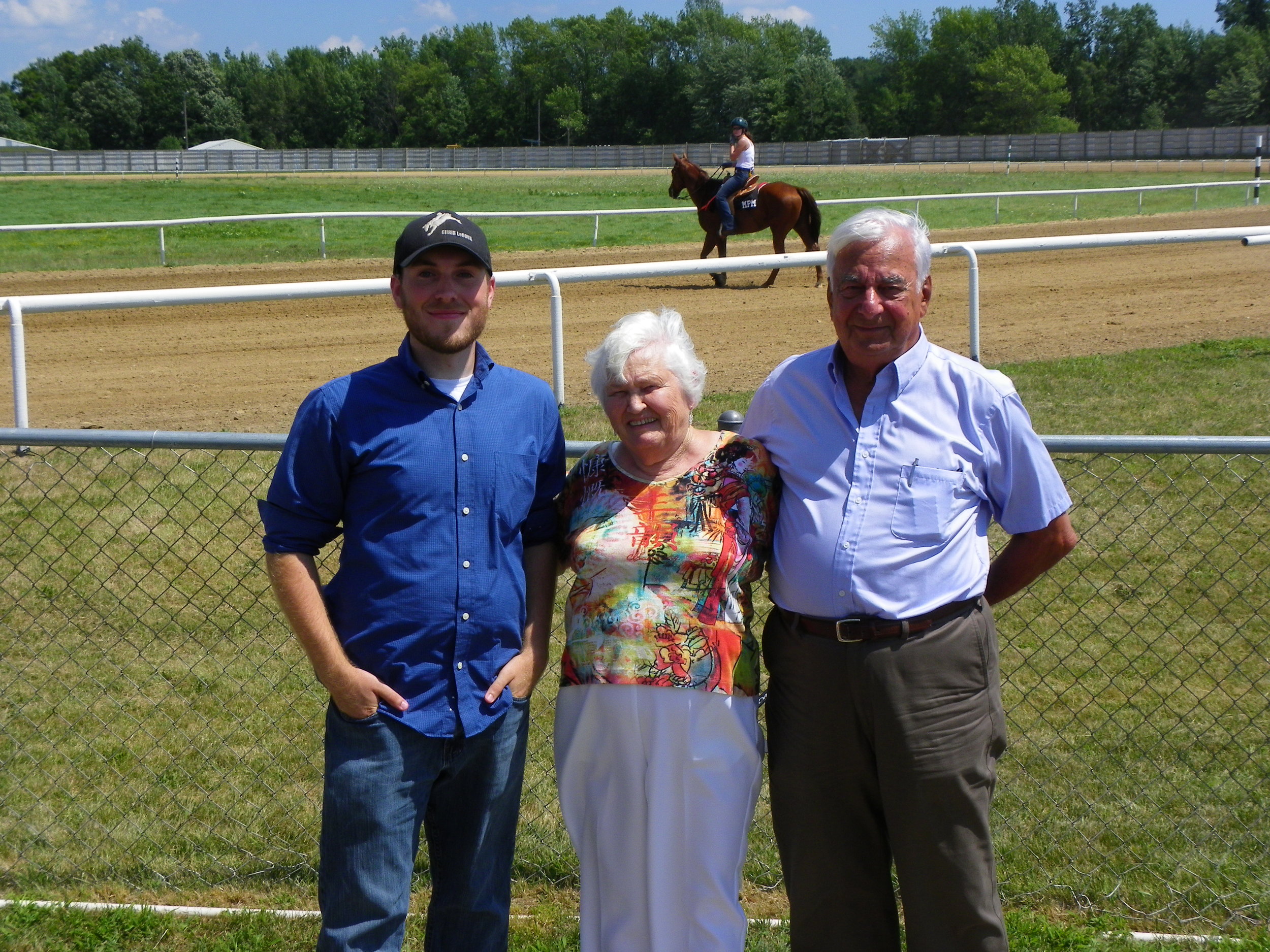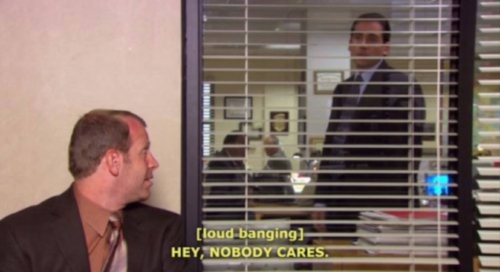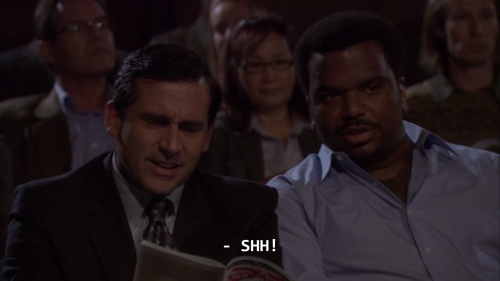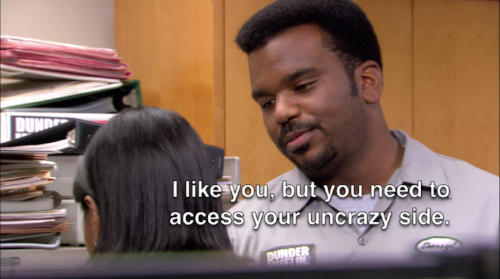Fast forward a couple decades, and I was a twentysomething about to leave home to start my first full-time job with Thoroughbred Times in Kentucky.
The track that produced my first memories in the sport had become my training ground as I wrote for my blog, The Michigan-Bred Claimer and develop the skills to land precisely the job I was leaving to do. I’d become great friends with so many people at the track, but it didn’t truly sink in how much that friendship meant until my last day there as a Michigan resident in 2011.
I stayed at the track long after the live races had concluded, partially because I wanted to place some simulcast bets, but mostly because I wasn’t ready to leave. When I did decide to call it a night, I was sent off with a round of applause from the remaining horsemen and horseplayers in the Winner’s Circle Lounge. I clutched my camera in my hand and thrust it in the air as I exited into the dark parking lot and into the next chapter of my life. There just aren’t that many racetracks where that’s going to happen, but I was fortunate enough to be from one of them. It remains one of my most treasured memories.
As I walked down the stairs that night, I made a promise to myself to bring an Eclipse Award back to Michigan, to Mount Pleasant Meadows, to make good on the investments of time, energy, and expertise its residents put into me over the course of decades; and to make the people proud who held up a wobbly toddler in that first win photo. I wish there were a track to bring it back to – MPM or otherwise – but I hope I’ve adequately held up my end of the deal for the people that would have been there.
This story took over five years to write, from the first brainstorms when the track closed in early 2014 to finally hitting “send” on the final draft this summer. I worked on it over nights and weekends, in airports and restaurants. It was both my hobby and my obsession in that time, and I had a lot of help along the way.
I owe gratitude to so many for getting to a point in my life where I can make a living writing about horse racing, whether I’d won an Eclipse or not. The statue at the end of the trail is as much a celebration of their achievements as it is for mine.
- My parents, Tom and Lynette Nevills, for first introducing me to the racetrack, and taking me there again, and again, and again, from Muskegon to Mount Pleasant, and all over the country. Perhaps most importantly, for nurturing my passion for horse racing, being tireless editors and listeners, and permitting me to chase my dreams instead making me go out and find a real job. I can never fully repay them for all they’ve done to help me become the person that I am, but hopefully this can at least work toward the interest.
- My family, on both sides, for teaching me about the sport and supporting my desires to be a part of it, from the first time I looked over at Janies Echo in the winner’s circle.
- My wife, Natalie Voss, for being my most trusted and patient confidante and sounding board. She is the writer I want to be when I grow up, and her keen eye and blunt-force editing sharpened the story into what it needed to become to really stick the landing. She makes me a better writer and a better person every single day.
- Nate Funnell, Lee Gates, and Scott Csernyik for being open, willing subjects to tell their stories in words and pictures – not only for this piece, but throughout our time at Mount Pleasant Meadows.
- Ray Paulick for giving the green light to a 6,000-word story about a long-dead bullring in the middle of nowhere. Also, and most importantly, for plucking me out of the unemployment line at a time when I was unsure if there was still a full-time place for me in turf writing.
- Scott Jagow for editing the piece and giving the ending the extra “pop” it needed.
- Rick McCune for picking up the baton from my grandpa in teaching me about the horse racing business on every level from the farm, to the track, to the state capital. Learning under Rick gave me a complete education – and countless stories from the road. The next breakfast at Beardslee’s is on me.
- Michigan’s racing community at large, for providing me with a nurturing – and incredibly patient – environment for me to develop skills, ask questions, and get access and opportunities that would have taken worlds more effort – and probably worlds more corporate pushback – in a larger jurisdiction. Across tracks and across breeds, I was invited in with open arms, and I hope this piece and the ensuing Eclipse Award have done your stories justice.
- The braintrust of people kind enough to read and offer feedback over the course of the story’s many drafts, including Andrew Champagne, Alicia Hughes, Nicole Russo, and Emilie Evenson.
- Ed DeRosa for giving me my break in the turf writing business on multiple occasions, and instigating so many of the good things that have stemmed from it.
- Stephanie Ruff and Don and Bobbi Patscheider of Arabian Finish Line for allowing me the platform to wax poetic about Mount Pleasant – and anything else that caught my attention – in my “Making Claims” column. That freedom allowed me invaluable space to figure out my voice for moments like this story.
- Our cat/alien companion Oreo, who sat with me for countless hours of writing and revising the story, swinging between wide-eyed admiration and flat disapproval – both key elements in the management of a writer. He was in my lap when I filed the final draft of the story. I wish he was still around to share in this.
- John K. Samson, a Canadian singer/songwriter with whom I’ve never met nor been in contact. “Biting the Dust” was on the back burner for months, its writer lacking the time and inspiration to get it over the line, when I heard The Weakerthans’ “Tournament of Hearts.” The song detailed an Alberta curling bar with such care that I could picture Mount Pleasant’s Winner’s Circle Lounge in its place. This led me to revisit the simulcast bar in my mind and fill in the scenery in the story. Then, things got rolling again, and Samson’s songs were played on repeat throughout the process.
Here’s the song if you’d like to hear it. https://www.youtube.com/watch?v=ZYWkUeFYzl4
While we’re on the subject of music and this story, I made a Spotify playlist as a companion piece to “Biting the Dust” if you want something to set the mood as you read. That can be found here. https://open.spotify.com/playlist/5jyGMjo1lV9n0WxOpV2Dqz?si=YAVQ3YZKSTeJp2F0H4yFcg%E2%80%AC&fbclid=IwAR2VsNjfVVDa_ArrtSIoEQEjd40nnjYueK5-I5e9g1CjrQotaG7yd_5LFIc
- You. If you’re reading this right now, there’s a good chance you’ve supported me or this story at some point on the road; whether it was providing guidance, companionship, or inspiration; or if it was something as small as clicking on the story to boost its reader count, reading the story, or sharing it online. Each and every one of you helped the story – and myself – grow into what we are today.
This story would have been impossible to pull off without the full combination of everyone listed above and many more. You have all helped the dreams of a racing-crazy kid from Edmore, Michigan come true, and – like a Sol Kumin runner – you’ve all got a little piece in this thing. Thank you all, now and forever.




























